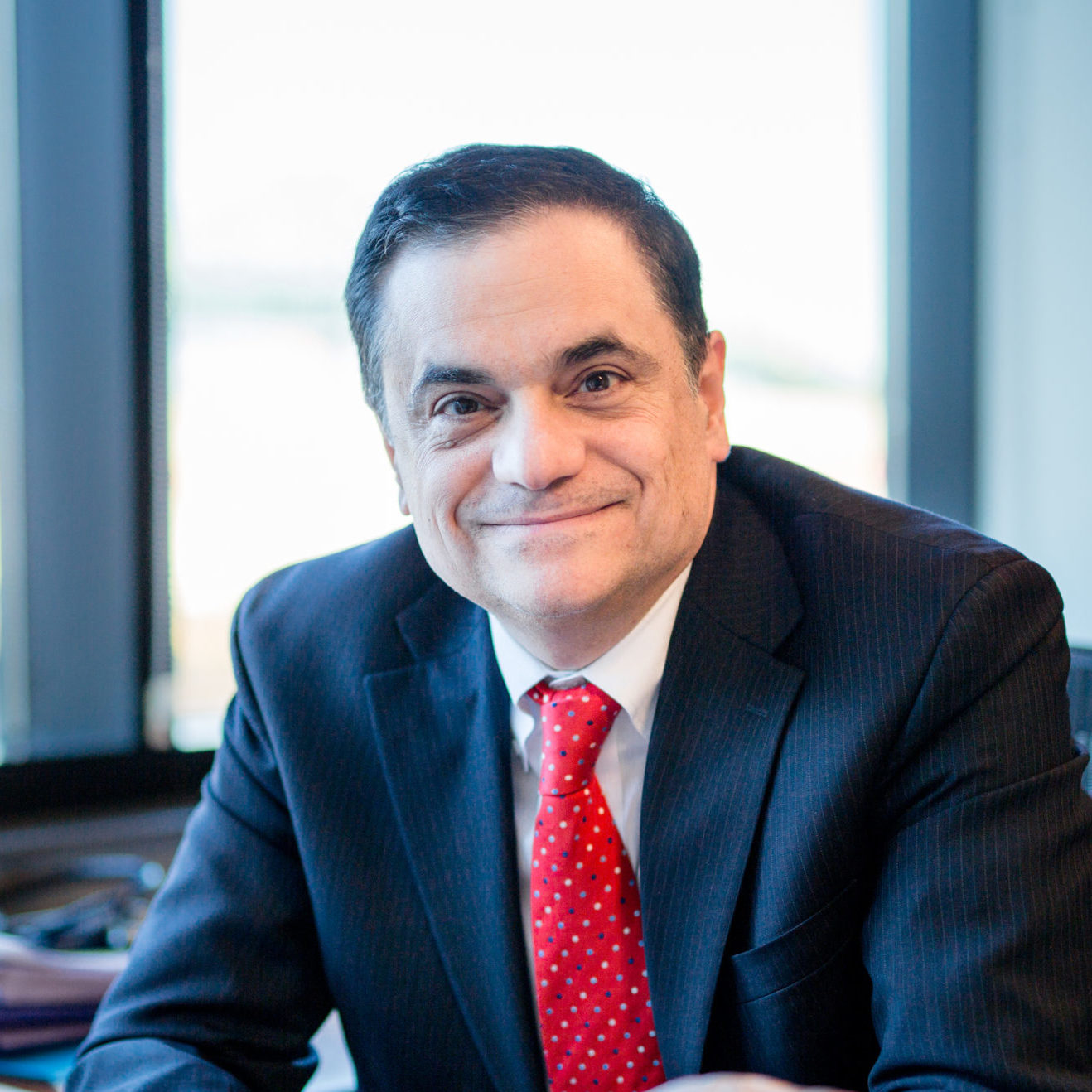The jury is still out on the exact ways that repeated blast injuries affect the brain. Some believe that the blast waves travel through the organs, producing a change in the gray-white matter of the brain. Others believe that blast-related injuries produce a unique pathology while others still think that the pathological signals from these injuries result in behavioral disturbance. But all researchers seem to agree that repeated blast-related injuries affect a person’s brain in the short-term as well as in the long-term with the risk of neurodegenerative disease.
Dr. Ross Zafonte is the Chief of Traumatic Brain Injury for Home Base, part of the Wounded Warrior Project's Warrior Care Network.
For information about treatments for brain injury please visit The Treatment Hub.
When we raise the issue of blast injury, we really, really got an important controversial issue. There are those who believe that blast-related injuries produce a unique pathology. Some believe that the blast itself will travel through one’s organs or one’s viscera to produce a change at the gray-white matter in the brain. Others believe that repeated doses of blast will produce a unique pathologic signal. That pathologic signal could result in behavioral disturbance and has been observed in those who have passed away. And there are those who have seen work and done work that shows that the imaging path of those with blast injury may be different involving different structures or different types of injury. The clarity of this is not absolute. The fact that repeated blast injury is a risk, a risk probably for immediate concern, and then longer-term life concern, potentially neurodegenerative disease, is probably not to be argued. BrainLine is powered in part by Wounded Warrior Project to honor and empower post-9/11 injured service members, veterans, and their families.
About the author: Ross D. Zafonte, DO
Dr. Ross Zafonte is the Clinical and Research Leader for Traumatic Brain Injury at the Red Sox Foundation and Massachusetts General Hospital Home Base Program. He is the Earle P. and Ida S. Charlton Chairman of the Department of Physical Medicine and Rehabilitation at Harvard Medical School, vice president of Medical Affairs at Spaulding Rehabilitation Hospital, and Chief of Physical Medicine and Rehabilitation at MGH.

